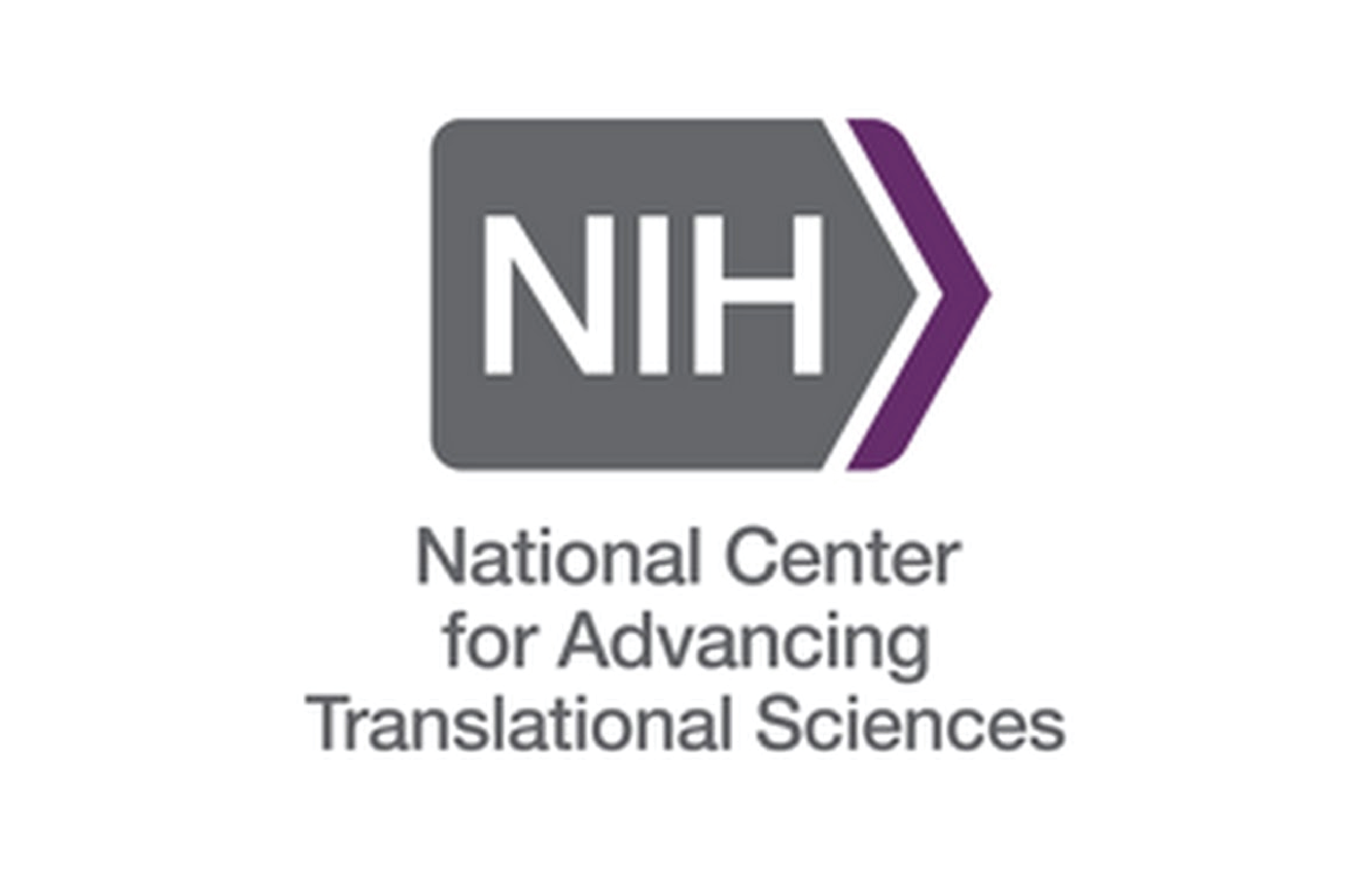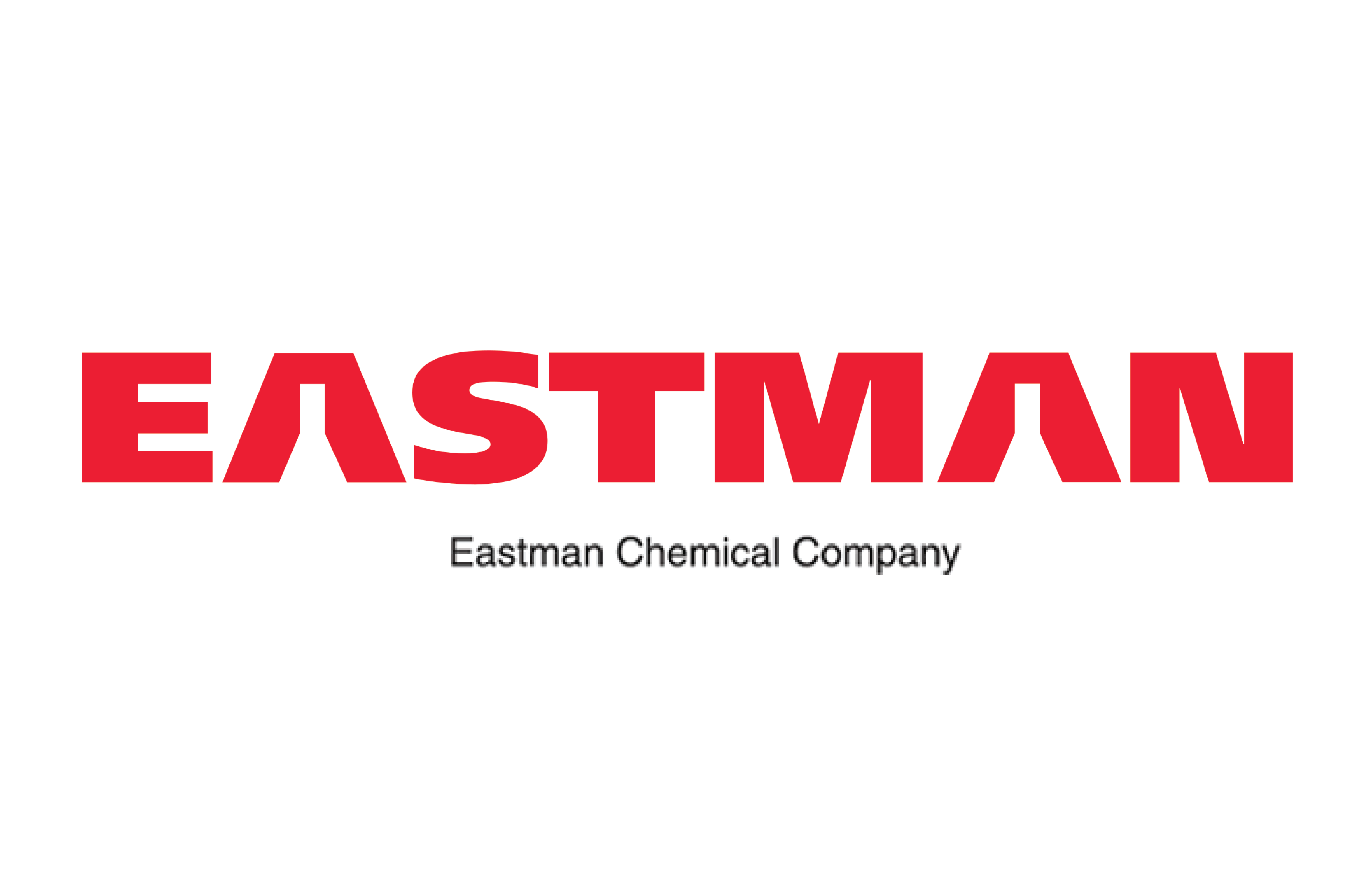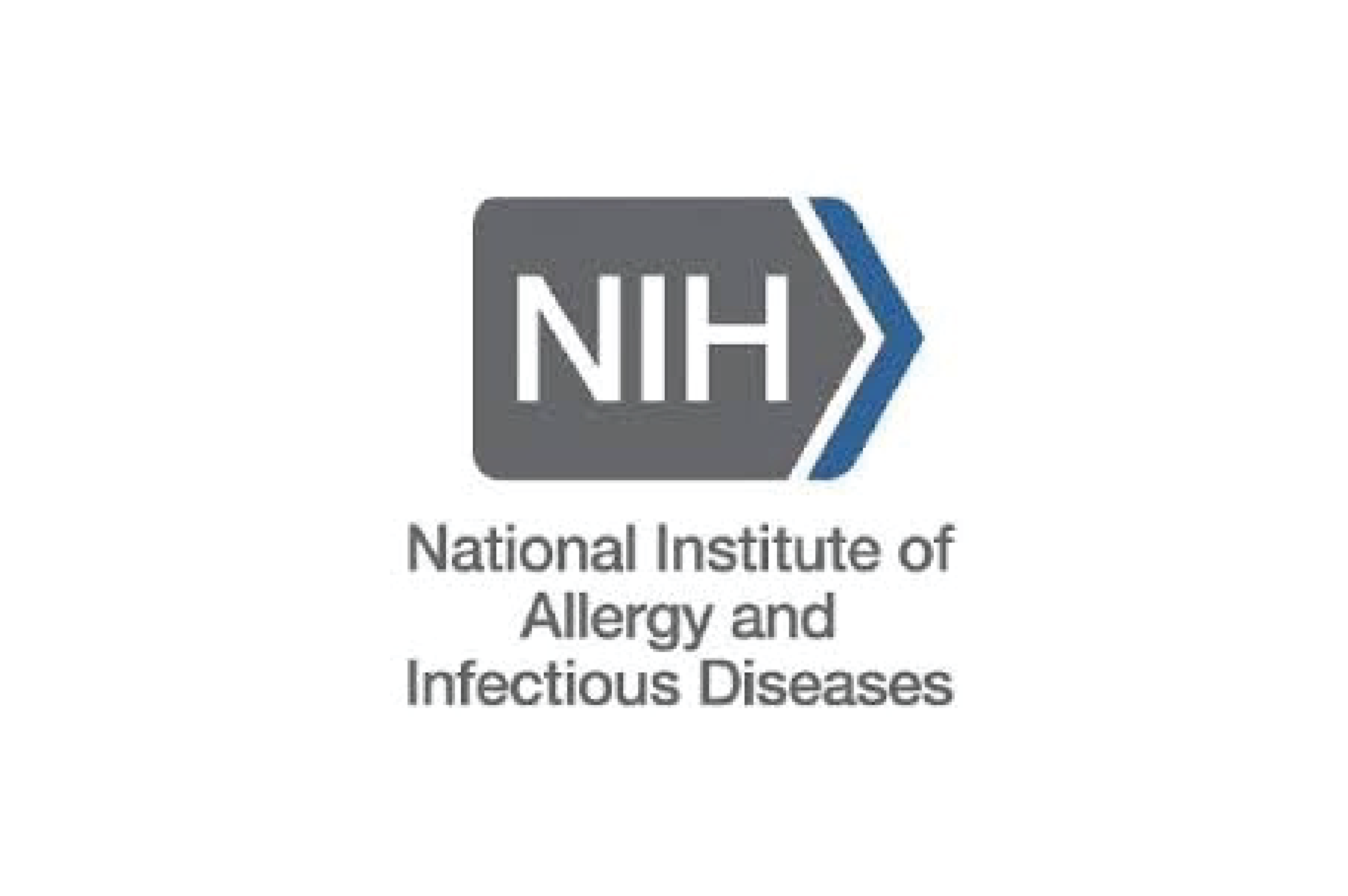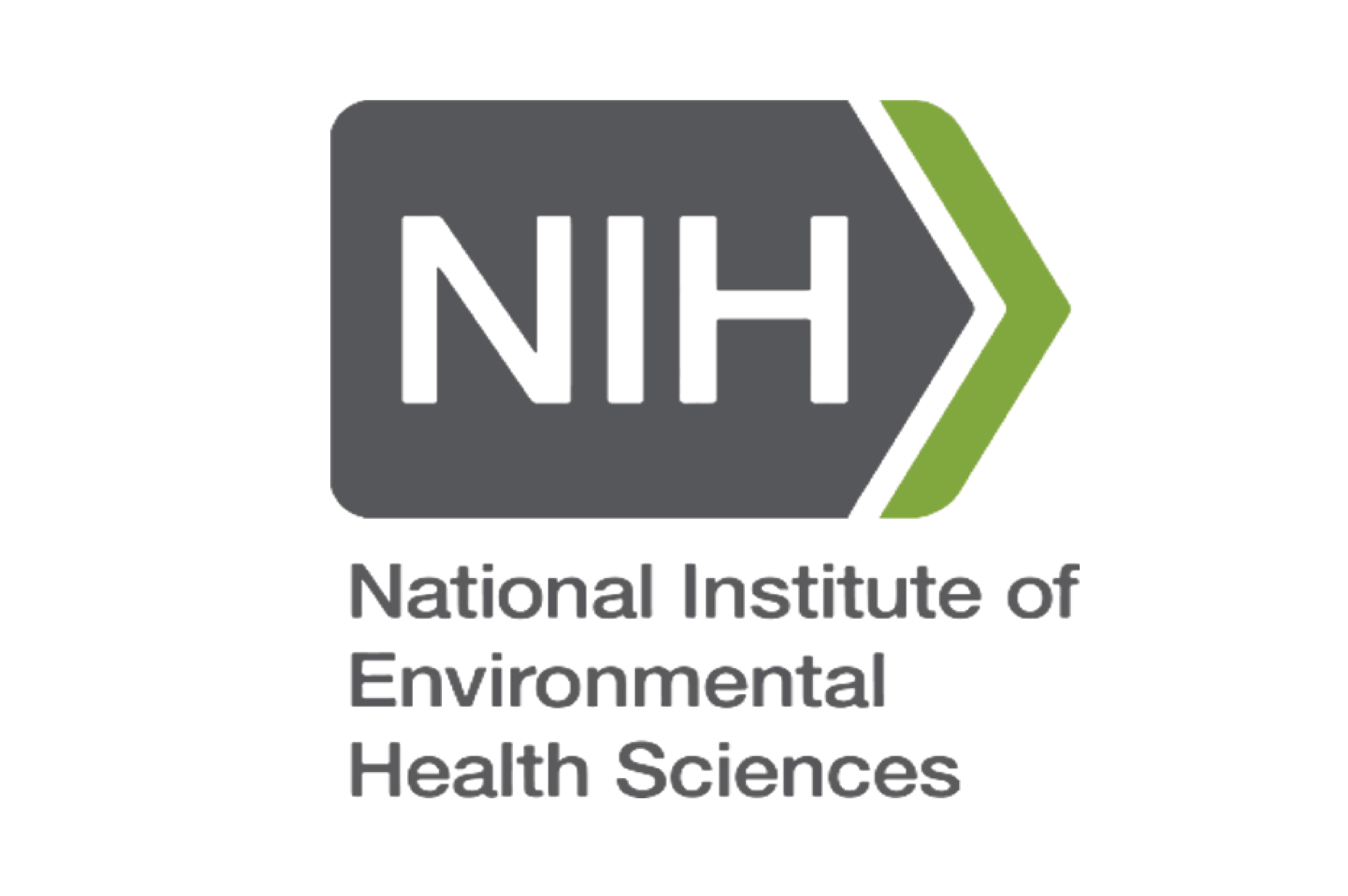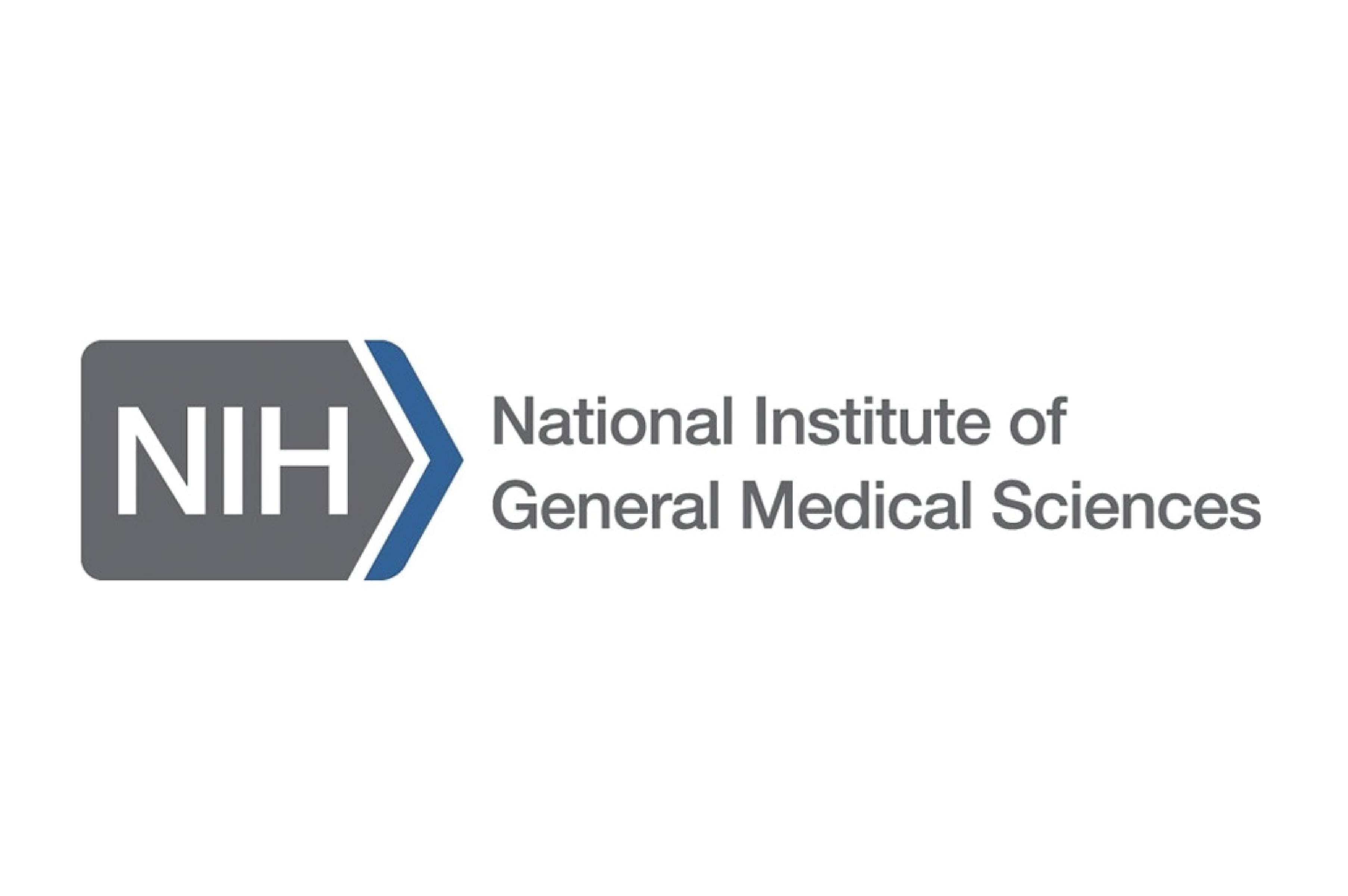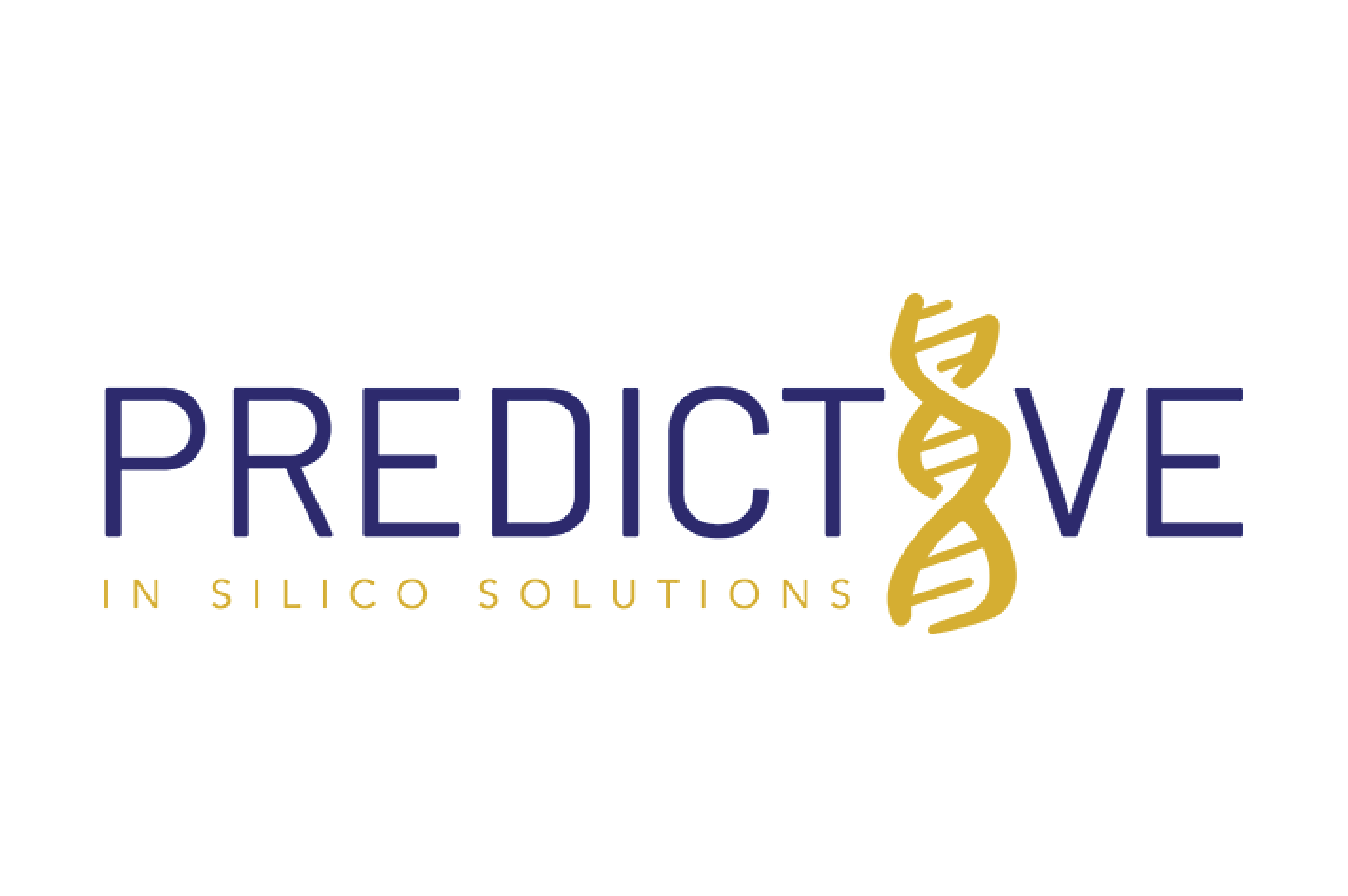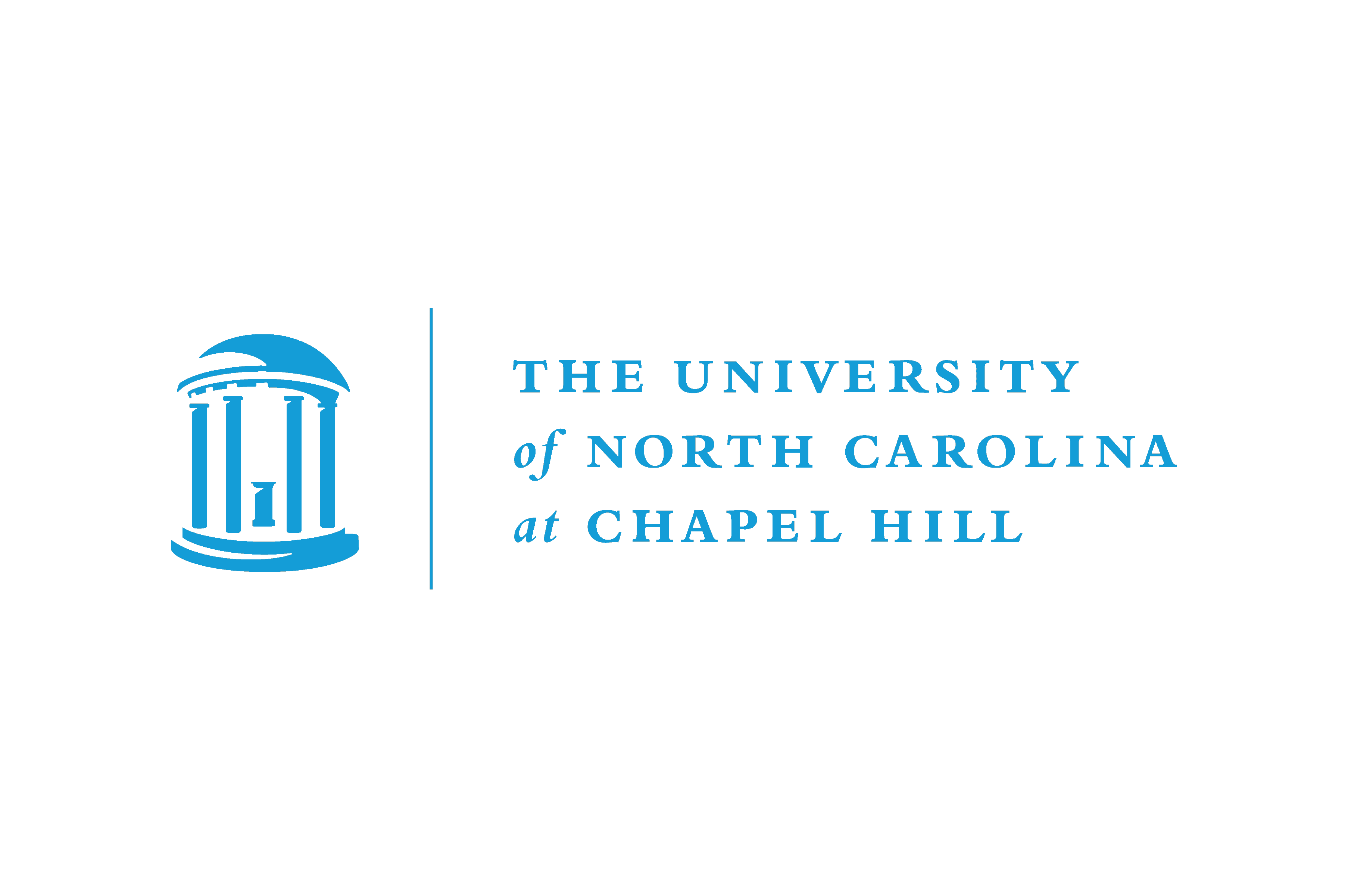Funding
Our lab has funding from several groups of government agencies, industrial partners and science foundations. We thank these organizations for their continuing support
Below is a list of current/past grants that support our group
- ARAGORN: Autonomous Relay Agent for Generation of Ranked Networks (Phase II) We propose an Autonomous Relay Agent for Generation of Ranked Networks (ARAGORN), which will query Knowledge Providers (KPs) and synthesize answers relevant to user-specified questions, building upon algorithms and components developed as part of the ROBOKOP [1,2] application during the feasibility phase of Translator. The ARAGORN services represent the next generation of ROBOKOP component services, iterating and innovating in response to challenges exposed in the Translator feasibility phase.
Project Number: 1OT2TR003441
- Innovative Nanoinformatics models and tools: towards a Solid, verified and Integrated Approach to Predictive (eco)Toxicology (NanoSolveIT) NanoSolveIT aspires to introduce a groundbreaking in silico Integrated Approach to Testing and Assessment (IATA) of the environmental health and safety of Nanomaterials (NM) that will be implemented through a decision support system packaged as both a stand-alone open software and via a Cloud platform.
Project Number: European Commission 814572
- Enabling the Accelerated Discovery of Novel Chemical Probes by Integration of Crystallographic, Computational, and Synthetic Chemistry Approaches This project is devoted to the development of a novel integrative, structure-based, artificial intelligence driven methodology for rapid chemical probe discovery against any target protein. The candidate molecules will be experimentally validated for three selected targets, transcription factor brachyury, hydrolase NUDT5, and bromodomain BAZ2B, and then optimized, using computational algorithms, into lead molecules to seed chemical probe development. We expect that our AI-based computational approach to convert crystallographically-determined chemical fragments into lead compounds coupled with the experimental validation of computational algorithms will accelerate the discovery of new chemical probes, expand the coverage of druggable proteome, and support future drug discovery studies
Project Number: R01GM140154
- STTR: STopTox: a comprehensive in silico platform for predicting Systemic and Topical Toxicity The overall objective of this project is to develop and deliver a new computational tool to predict the outcomes of the so-called “6 pack” battery regulatory toxicity tests (acute oral toxicity, acute dermal toxicity, acute inhalation toxicity, skin irritation and corrosion, eye irritation and corrosion, and skin sensitization). The tool is called STopTox reflecting the fact that the aforementioned “6-pack” assays are regarded collectively as Systemic and Topical Toxicity assays. This project will enable to transfer the technology for predicting these endpoints developed at UNC to Predictive, LLC, to harden the respective software and make it commercially available.
Project Number: R41ES033589
- Platform for Rapid Expression, Purification, and Analysis of Patient-Specific Gene Therapy Products Work at UNC-Chapel Hill will include: development of adsorbents for continuous AAV purification, optimization of the purification process, development of biosensors to quantify at-line the critical quality attributes of AAVs, conducting analytical characterization of the AAV products via commercial assays, metabolomic and proteomics experiments at METRIC, quality control and material characterization of all the materials utilized in research and that are products of the research, storage and analysis of the data, training of machine learning algorithms, development of educational and workforce training activities, and testing of sensor prototypes and process automation. Dr. Tropsha will oversee the artificial intelligence / machine learning efforts in the proposed research.
Project Number: R01FD007481 Proj ID 5122954
- Data Science Driven Optimization of Dyed Film Development We propose to develop novel AI-based models to predict and optimize properties of dyes and design new dye molecules for various dyed film applications. We expect that phase 1 of the project with the focus on building initial models and identifying potential dye candidates with required optical properties (absorption wavelength and peak FWHM) from available dye molecules will require one year. After the successful completion of phase 1, we propose to optimize our models to predict more challenging properties of final films such as weatherability. In all phases of this project, we expect to collaborate closely with colleagues from Eastman and NCSU on the experimentally supported discovery of novel dye molecules with improved characteristics for both interlayer and performance films.
Project Number: Eastman Chemical 2012 2622 22-2969 Proj ID 5123988
- Rapidly Emerging Antiviral Drug Development Initiative This proposal develops platform capability for a key aspect of the READDI scientific strategy, namely, developing small molecule inhibitors of cellular factors that are broadly required for viral replication. Our platform combines state-of-the art expertise and resources from five Triangle institutions (Duke, UNC, NC State, NCCU, and RTI) to: 1) identify and validate host drug targets, 2) discover new chemical starting points (e.g. hit compounds) for novel antiviral drugs, and 3) optimize hit compounds for eventual in vivo use. Given the proven pandemic potential of coronaviruses, we initially focus our platform on identifying broad spectrum coronavirus (CoV) antiviral drugs. However the platform itself is virus agnostic, and can be applied to discover broad spectrum antivirals for any virus family.
Project Number: RTI International 0282103.100.007 Proj ID 5124564 IPF 22-1143
- STTR: ARTIFICIAL INTELLIGENCE TOOLKIT FOR PREDICTING MIXTURE TOXICITY The UNC component of the project includes the collection of mixture toxicity data from multiple public sources including research publications and publicly accessible electronic databases and careful and thorough curation of this data to eliminate duplicative, unreliable, or incomplete records. UNC component also involves the development and initial validation of computational models to predict mixture toxicity. Once developed and tested, the models will be transferred to Predictive, LLC that will work to incorporate these models into both standalone PreMixT package as well as web accessible PreMixT portal running on the AWS cloud.
Project Number: R41ES033857
- Rapidly Emerging Antiviral Drug Development Initiative-AViDD Center (READDI-AC) The overall goal of the MedChem Core D is to deliver a minimum of 16 chemical probes with robust antiviral activity and drug-like properties. These probes will serve as starting points for lead-to-candidate optimization by the Projects.
Project Number: U19AI171292 Proj ID 5125087
- AI Accelerated Discovery of Solar Energy Materials We propose a paradigm shift in the scientific process targeting novel solar fuel discovery. Instead of slow, human‐mediated iteration, we will use recent advances in data science and artificial intelligence (AI) to analyze existing data and devise completely new dyes, catalysts, and combinations thereof, for the solar fuel technology. We will couple AI technology with automated robotic synthesis to rapidly vet large numbers of molecules. Introducing AI decision making into chemical science promises not only a revolution in solar fuel technology but also a fundamental shift in the approach to chemical research and education
Funded by UNC-CH
- AIxB: Building a Collaborative Ecosystem for Innovation in Artificial Intelligence and the Biological Sciences Our long-term objective is to apply a virtuous cycle - where AI makes progress toward understanding biological processes, which in turn inspire fundamentally new AI - to the fundamental question of how genetic variation results in phenotypic variation.
Funded by UNC-CH
- Supporting Biomedical Discovery with the ROBOKOP Graph Knowledgebase Numerous biomedical data sets and knowledge sources have been developed and placed in the public domain, with each source covering a very specific area of biomedicine. Yet, the ability to answer complex biomedical questions requires concurrent exploration of multiple knowledge sources. The proposed ROBOKOP graph knowledgebase represents a unique query and answer platform that aims to accelerate and advance scientific discovery by providing users with a tool to simultaneously explore dozens of integrated and harmonized sources of biomedical knowledge.
Project Number: U24 GM146615

